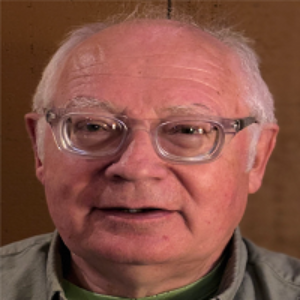Title : Multiscale modeling of advanced heterogeneous materials
Abstract:
Unlike many other fields in material science, the evolution of composites and nanocomposites to their anticipated level of importance in general significantly depends on the contributions from modeling and simulation. The most popular methods of analytical micromechanics are based just on a few basic concepts. The effective field hypothesis (EFH) dates back to Poisson, Faraday, Mossotti, Clausius, Lorenz, and Maxwell (1824-1879). This concept of EFH (forming the first background of micromechanics, see for details [1]) has directed the development of micromechanics (even if the term EFH was not used) over the last 150 years (daily and globally) and made a contribution to their progress incomparable with any other concept of analytical micromechanics. Only in 2010, the author suspends total domination of EFH in micromechanics by a proposal of a new (the second) general integral equation (GIE) forming, in fact, the second background of micromechanics called also computational analytical micromechanics (CAM, the author term, see for details [2, 3]. CAM has been the most fundamental step in analytical micromechanics for the last 130 years after Lord Rayleigh (1892) proposed the first GIE. It offers opportunities for a fundamental jump in multiscale and multiphysics research with drastically improved accuracy of local field estimations (even to the point of correction of a sign in some points inside the inclusions), which is critical for advanced material development (especially for nonlinear modelling). Due to its generality, CAM is very flexible and based on physically clear hypotheses that can be modified and improved, if necessary, by incorporating modifying blocks exploiting a wide spectrum of linear and nonlinear numerical methods. Some particular versions of the CAM were analyzed for the wide class of static and dynamical, local and nonlocal (e.g. peridynamic), linear and nonlinear multiscale problems (thermoelasticity, thermoelastoplasticity, conductivity, piezoelectricity, strength, fracture, nonlinear elasticity, viscosity, creep and other) of composites and nanocomposites with deterministic (periodic and nonperiodic), random (statistically homogeneous and inhomogeneous, so-called graded) and mixed (periodic structures with random imperfections) structures in the bounded and unbounded domains, containing the coated or uncoated inclusions of any shape and orientation and subjected to the coupled or uncoupled, homogeneous or inhomogeneous external fields of different physical natures. CAM is an affordable, adaptable, robust, physics-based, and data-driven multidisciplinary design and optimization toolkit. CAM is presented as a fundamentally new blocked (or modular) structure [3] that is perfectly adapted for the joint development of CAM by teams of experts from different scientific areas (e.g. the block “peridynamics” and block “micromechanics”). Any knowledge inside one block is not required in another block. However, these opportunities of CAM can be realized only in the case of joint efforts of both computational micromechanic society and the analytical one as well as material science and physics societies.


